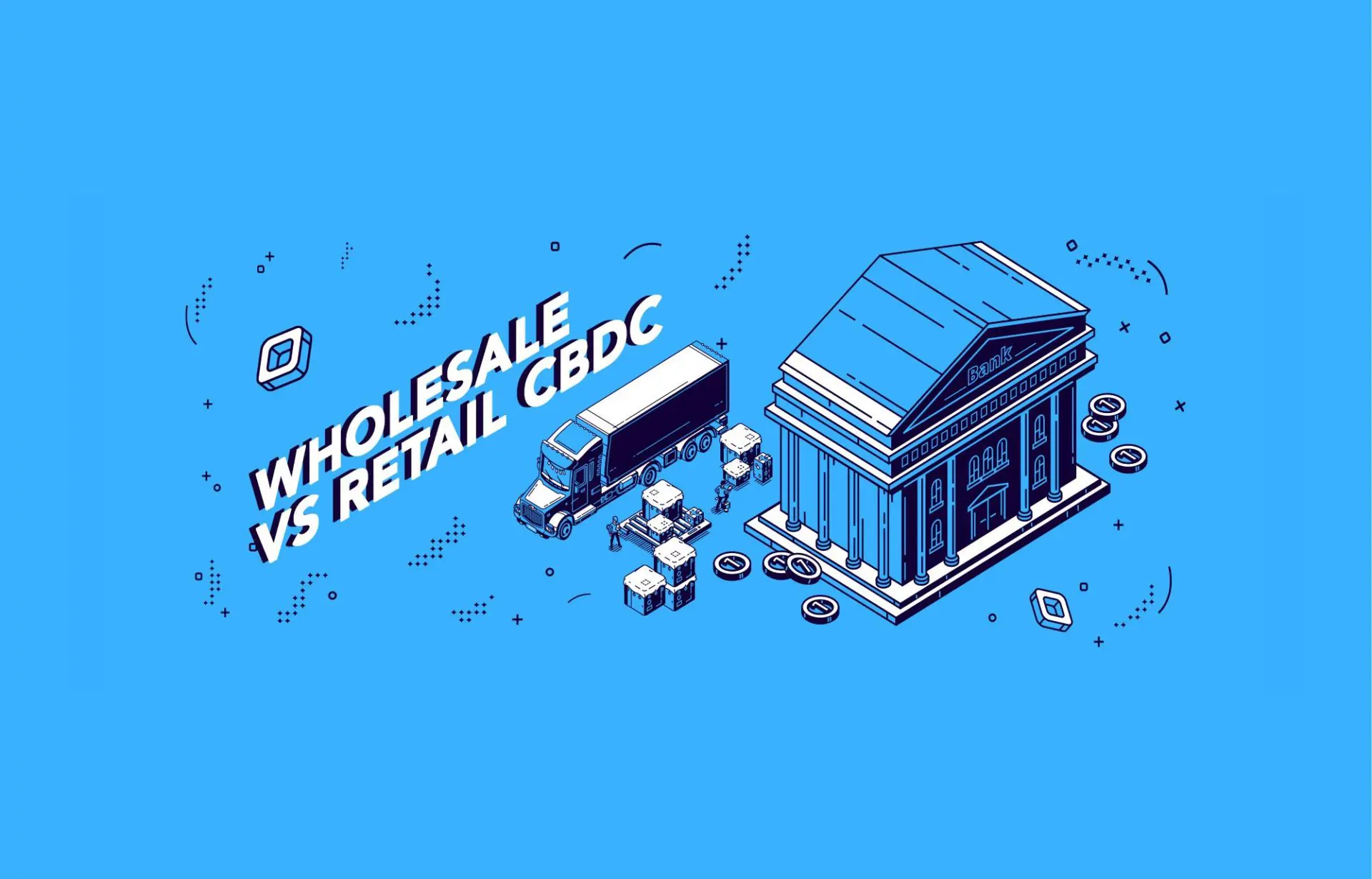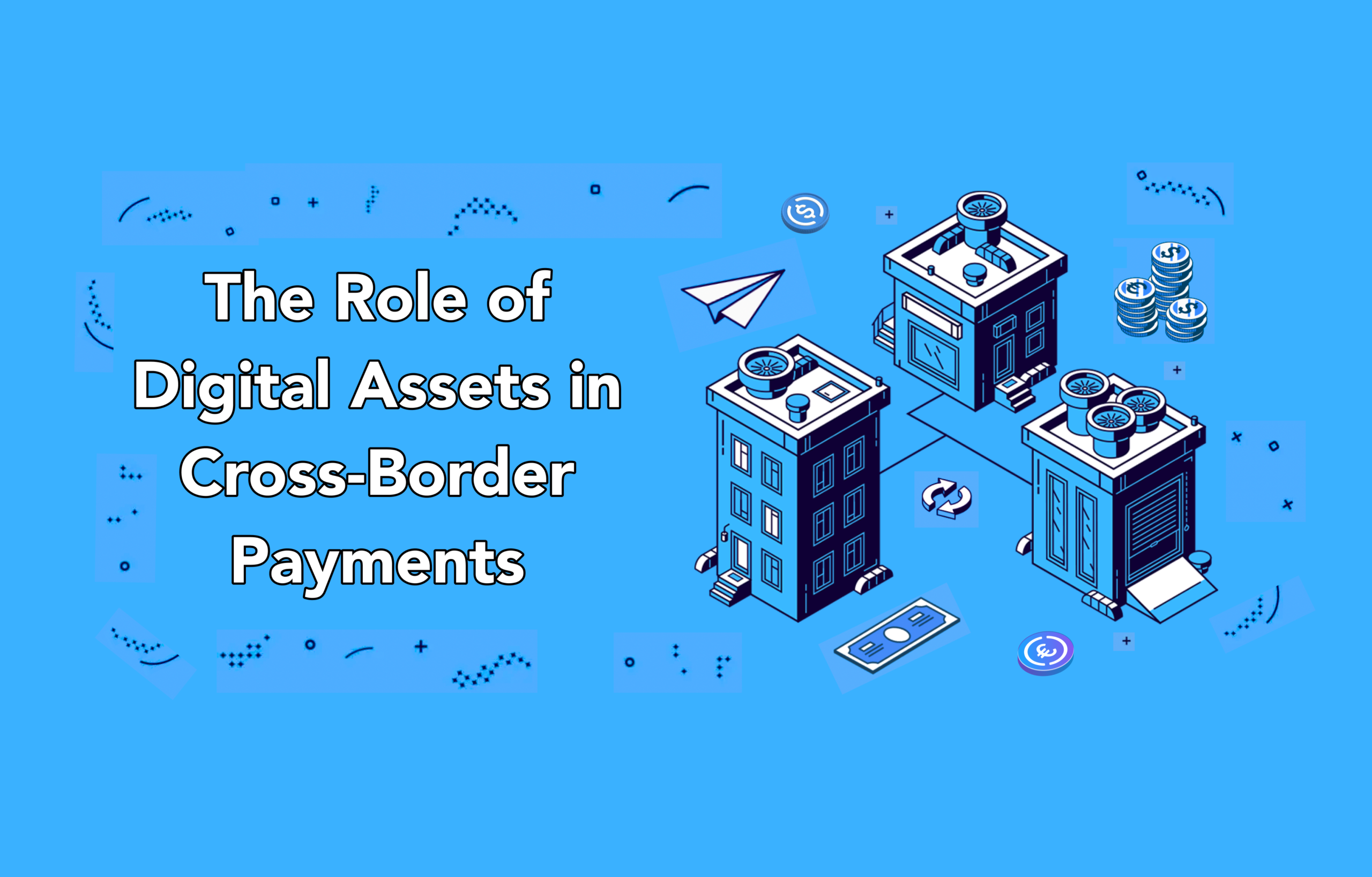One of the hottest trends in the finance space right now is the central bank digital currency (CBDC). Over the past few years, more central banks have moved to digitize their currencies as they hope to improve areas like trade and cross-border transactions.
The coronavirus pandemic especially inspired the move towards CBDCs. The health crisis led to an increase in the demand for contactless, digital payments, according to a report from the Bank of International Settlements (BIS). As such, several governments have already moved to develop digital versions of their currencies to meet this demand.
China Leads the Race
Somewhat unsurprisingly, China has been the global leader in CBDC development. The country began working on its CBDC since at least 2019, and it has so far been the nation that has made the most progress with its asset.
After over a year of testing, China's digital yuan is already being used in some parts of the country. According to a report from the Wall Street Journal, the digital yuan processed more transactions than VISA, the world’s largest credit card network, at the Beijing National Stadium for the 2022 Winter Olympics.
China has succeeded in creating a proper retail CBDC - an asset that the people can use for everyday transactions, as well as companies for their operations and business needs. The country's aim is to create something that is useful for all Chinese people and businesses, thus possibly reducing the power that big tech companies like Alipay and WeChat Pay have on the country's economy.
Several other countries have adopted this method. The belief is that using a retail CBDC will allow people and businesses to benefit from the digital financial age, and that a CBDC can help countries to also improve financial inclusion.
Today, countries like India, Nigeria, and more are working on retail CBDCs, which they believe will play a major role in their hopes for digital transformation and financial inclusion.
Wholesale or Retail CBDC Designs?
But, not every country is going the retail route. In March 2020, the Banque de France commissioned an experiment for a wholesale CBDC, which businesses and accredited financial institutions will use. The tests included participation from tech firms in the country as well as several top financial institutions, all of which took place for at least a year.
According to the central bank, the CBDC should help with functions such as cross-border and cross-currency payments and securities settlement. Essentially, the asset won't be functional for individuals and small businesses.
This difference underpins the varying strategies countries are looking to adopt as they work towards currency digitization. Should you work on a wholesale CBDC or move towards the retail version?
Wholesale CBDCs operate similarly to reserve holdings in a central bank. A financial institution is given an account with the central bank, in which it deposits funds and uses them to settle transactions. Then, central banks can use their monetary policy tools - including reserve requirements and reserve balance interests - to set rates and influence lending activities.
On the other hand, retail CBDCs are extended to businesses and consumers. These CBDCs specialize in eliminating any intermediary risk, offering greater financial security to those who use them.
How CBDCs Will Affect Banking
So far, the effects of CBDCs on banking are still being debated. How a CBDC will affect a country's banking system varies dramatically since different countries have different systems they operate. Just as well, each country is free to experiment with whatever form of a CBDC they would like.
Last year, a working group made up of officials from the BIS and several other central banks published three reports exploring technological design alternatives, consumer needs, and financial stability implications that CBDCs - especially the retail versions - could have.
As the report showed, CBDCs offer improved speed, accessibility, and cost efficiency regarding the dispensation of financial services. A retail CBDC can be issued directly to users via their smartphones, giving them private access to banking services. This will reduce the cost of printing cash, minting coins, and managing legal tender.
As for wholesale CBDCs, they could also come with their perks. Utilizing the blockchain, wholesale CBDCs can ensure that transactions between accredited financial institutions are faster and more private. With identity theft and financial crime still being predominant in the banking industry, CBDCs can offer improved tracking and transparency, allowing authorities to conduct better investigations across the board.
All of this is in addition to improving governments' visibility into the financial health of their people. CBDCs offer improved data analysis and tracking capabilities, which will help financial authorities to promote healthier policies that can drive prosperity in their countries.
Today, over 80 countries globally have committed to developing a CBDC. The benefits are undoubtedly there, although much of that will depend on how well the assets are deployed and used.
Retail CBDCs: Are Central Banks Shifting Their Mandates?
Another critical discussion that needs to be had surrounds the seeming change in tone for central banks.
Over the past few decades, central banks have never particularly served consumers directly. They might have created policies designed to help improve financial inclusion and prosperity, but their focus has never exclusively been to interface with retail consumers.
Instead, it has been the commercial banks that have been more customer-facing. They, in turn, work with central banks on policies that can directly benefit the populace.
CBDCs could fundamentally change that, bringing central banks closer to the people in a way that nothing else has done. All of a sudden, central banks could control how people deal with money directly, essentially cutting out the commercial banks.
There are merits and demerits to this. Improved oversight over the people can help the central banks to build better policies based on accurate data. But, this oversight could be detrimental from a privacy standpoint.



